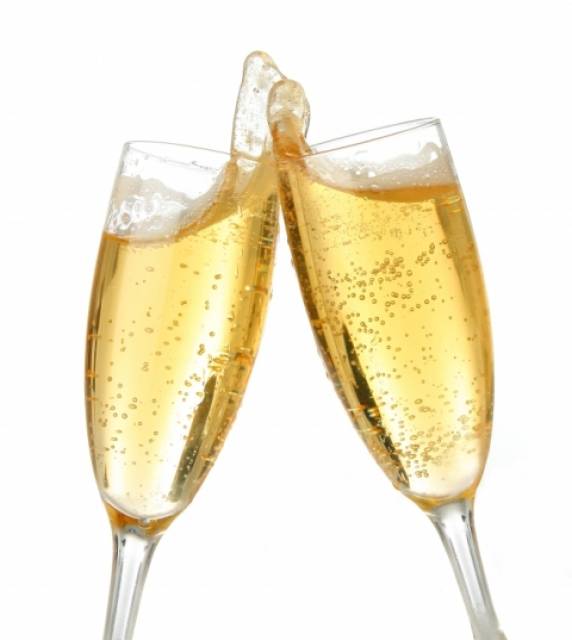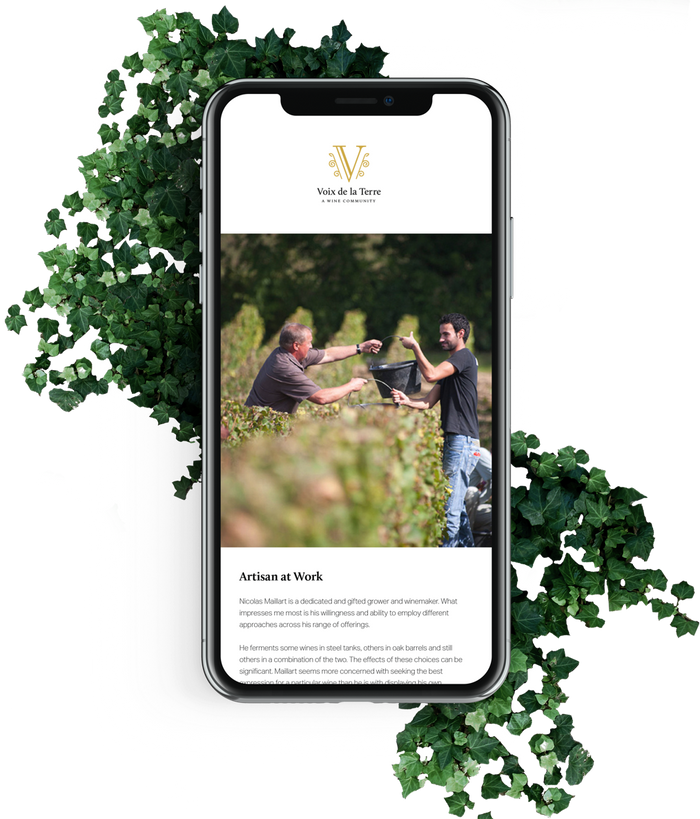
OK, now for the drier stuff (or should we say brut?). Here is a quick primer on what I think are Champagne matters relevant to us as consumers. All sparkling wines are not Champagne. Only those produced in Champagne can bear the name, but most sparkling wine is made in the traditional manner of Champagne (more in a second). Champagne does produce some still wine, called Coteaux Champenois. A taste of this thin, highly acidic wine will reveal the effects the carbonation process has in transforming the wine into the deep, complex and enchanting drink it can be.
How Champagne is made
Here’s a super quick explanation of the lengthy and intensive process called Méthode Champenoise. Once the base wine has been vinified, a mixture of wine, sugar and yeast is added to the bottles of wine, inducing a second fermentation. The result is carbon dioxide and lees (dead yeast cells) which accumulate in the neck when the bottles are stored in a tilted-down position. Precisely rotating the bottles periodically, known as riddling, allows the sediment to combine in preparation for disgorgement. These lees impart much of the wine’s character.
After months or sometimes years the wine is disgorged, wherein the lees are purged from the bottle and replaced by a new mixture of wine and sugar (dosage). Dosage can be used to either diminish excessive acidity or impart sweetness. This is very important in Champagne because its northerly location means that grapes can struggle to ripen sufficiently. Dosage is a measure expressed in terms of grams per liter. The lower the number, the less residual sugar resulted. By law, non-vintage Champagne must be aged 15 months and vintage for 3 years. However, most serious producers extend far beyond these requirements because the effects of the process take much longer than these time frames.

Types of Champagne
These are the most common cuvées produced and most estates offer at least a good portion of this range:
- Non-Vintage Brut (dry) or Extra Brut - usually the base offering (there’s even Brut Nature, which is super dry)
- * Vintage - only made in the best years, released later and able to age longer * Rosé - a blend of red and white wine, often fruitier and sometimes sweeter
- Blanc de Blancs - 100% Chardonnay, can be offered as vintage
- Blanc de Noirs - no Chardonnay, can be offered as vintage
- Prestige, Luxe, Luxury or Tête de Cuvée - usually vintage, top wine and most expensive
Producers of Champagne
Champagne is bottled either by Houses or Growers. The former, the most famous brand names and usually very large, buy grapes from farmers and strive to produce consistent wines, in the particular house style every year. Grower Champagne estates, which VDLT will offer, own their vines and tend to prefer that their wines express the terroir of the vineyards and the vintage. Although, non-vintage cuvées can and often do mix-in an allowable amount of reserve wine (winemakers keep some of their wine from each vintage and continue adding to their “mother” brew). This is particularly helpful in difficult or low-yield years but also adds richness and fullness to the wines as well as making it more accessible earlier due to the older wine in the blend. Grower estates will say Récoltant-Manipulant or just RM on the label.
The fruit used to make Champagne
Three grapes are grown in Champagne - Pinot Noir makes up 40% of the vines. Chardonnay and Pinot Meunier (related to Pinot Noir but fruitier and quicker to ripen) each comprise 30%. Many Champagnes are a blend of the three. Quality Champagne is made only from the “first-run” of juice from pressing. It is because of this, and because the cost of grapes in the region is the highest in the world, that Champagne can be pricey (VDLT, of course, helps to mitigate some of that concern for you).
Champagne is comprised of 5 primary sub-regions:
- * Vallée de la Marne - growing principally Pinot Meunier
- * Côte des Blancs - The best for Chardonnay
- * Côte de Sézanne - mostly Chardonnay
- * Montagne de Reims - The best for Pinot Noir
- * Côte des Bars (or Aube) - also Pinot Noir Questions, comments?




